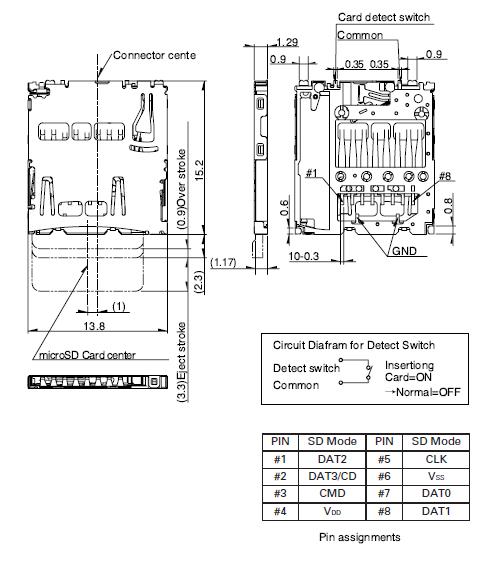Not sure about the writing problem.
The errors.
Open SDFS and about 70 lines down it has the errors listed. #2 is "card not present", #63 I do not see.
But, to get around the problem I have this in my "SDINIT" routine.
Code:
IF (FAT_error = 6) THEN SD_MAIN
Here is a snippet from my code template.
Code:
'###############################################
SD_MAIN:
TOGGLE PORTD.7
GOSUB SDINIT
GOSUB SDFILENAME
GOSUB SDOPEN_W
GOSUB SD_WRITE
GOSUB SDCLOSE
RETURN '##############################################################
SDINIT:
' FSInit initializes the card and reads all the preliminary information from it
Gosub FSInit
Serout2 PORTC.6, 16572, ["Init: ", Dec FAT_error, " ", Dec SDC_status, " ", Dec SDC_response, $d, $a]
IF (FAT_error = 6) THEN SD_MAIN
If (FAT_error != 0) Then Stop
' Display card directory
Gosub FINDfirst ' Find first file on card
While (FAT_error = 0)
Serout2 PORTC.6,16572, [Str FAT_FileName\11, $d, $a]
Gosub FINDnext ' Find next file on card
Wend
RETURN
'################################################################
. I'm trying to get a MicroSD card to work with SDFS. The first question I have is about the pin names. In the schematics provided in the SDFS zip file there are 12 pins for the SD card, and they are named as









 .
. .
. .
.


Bookmarks